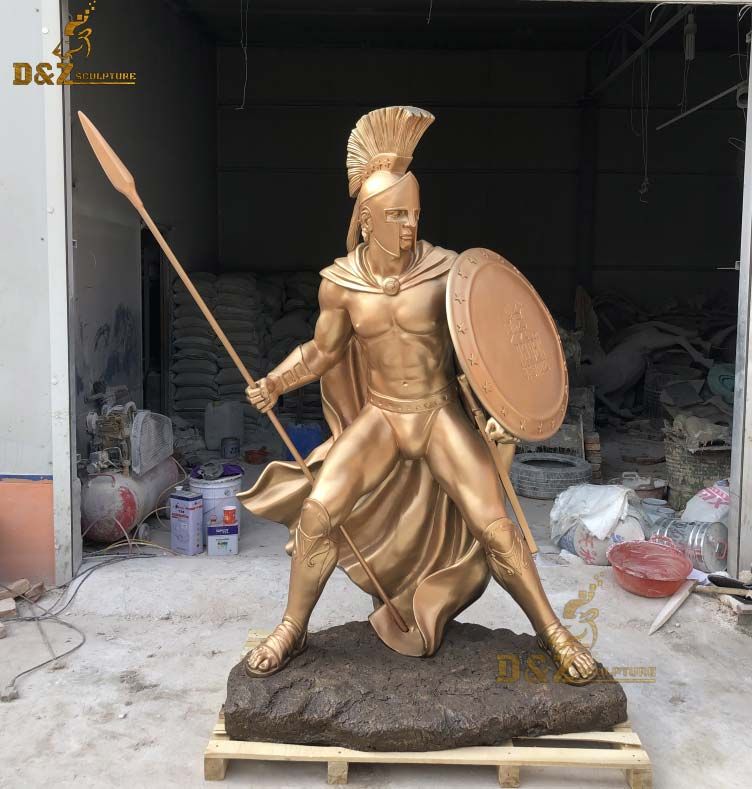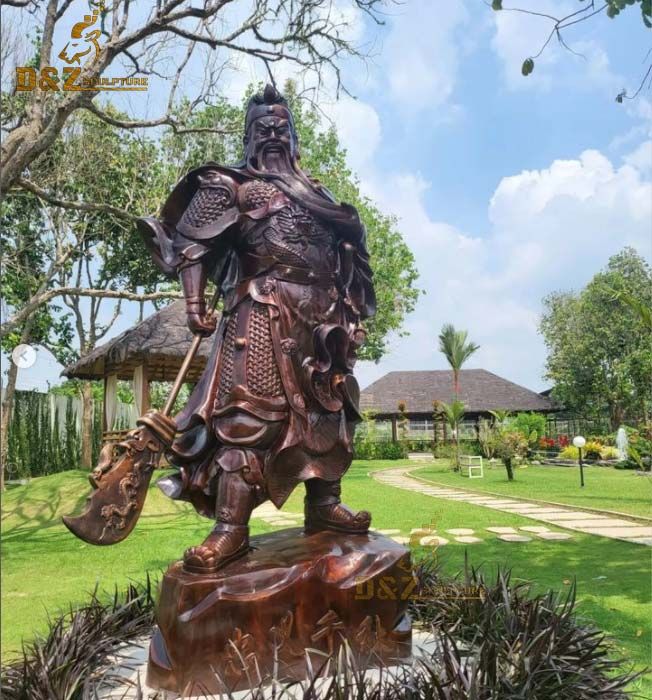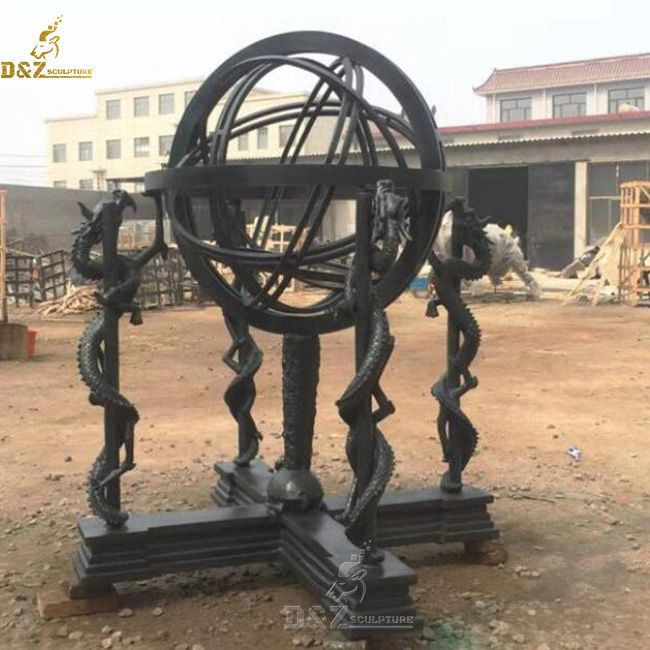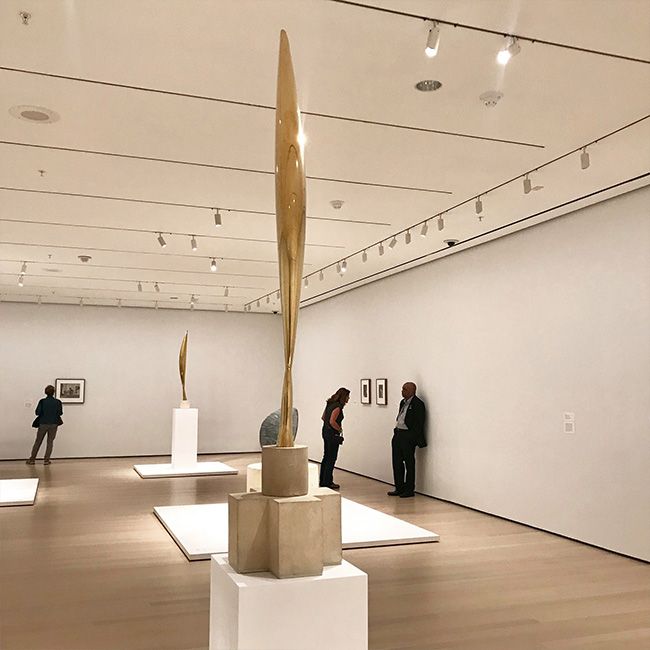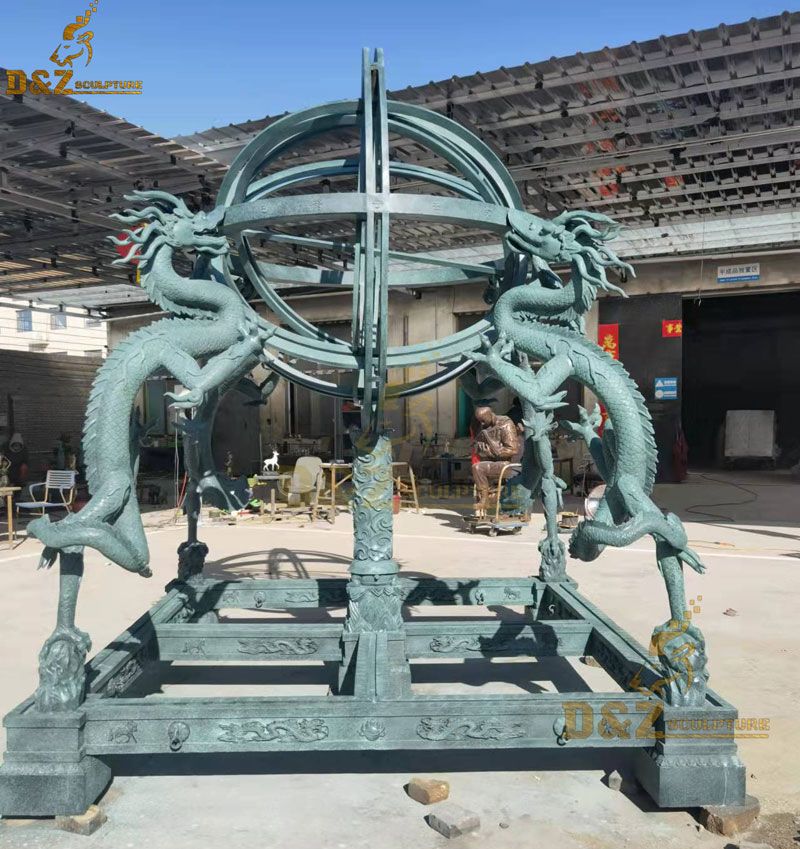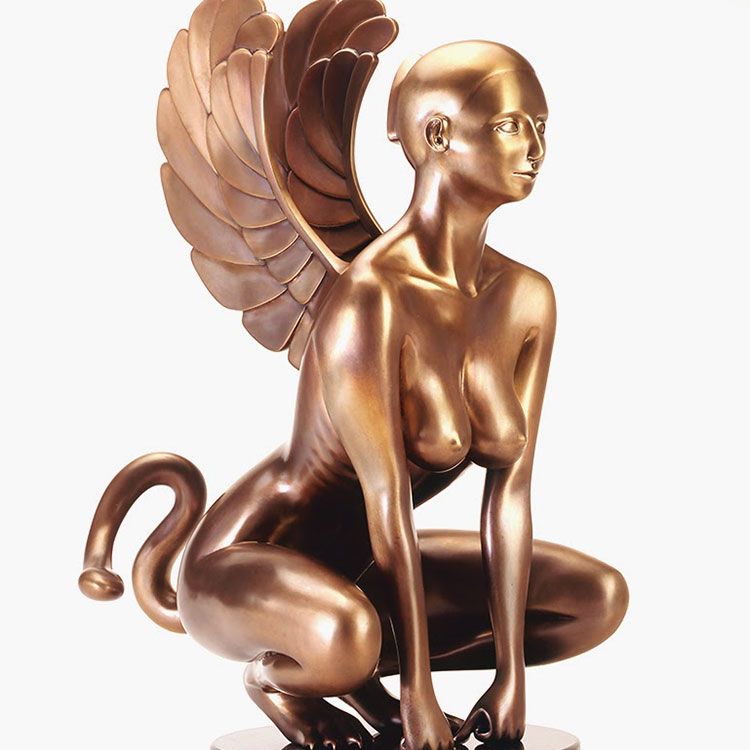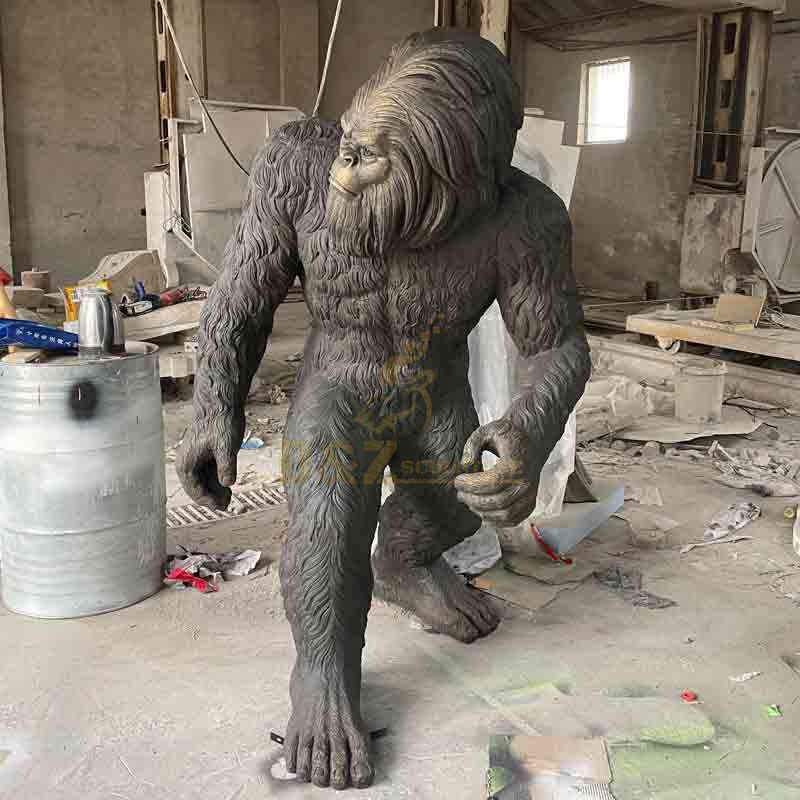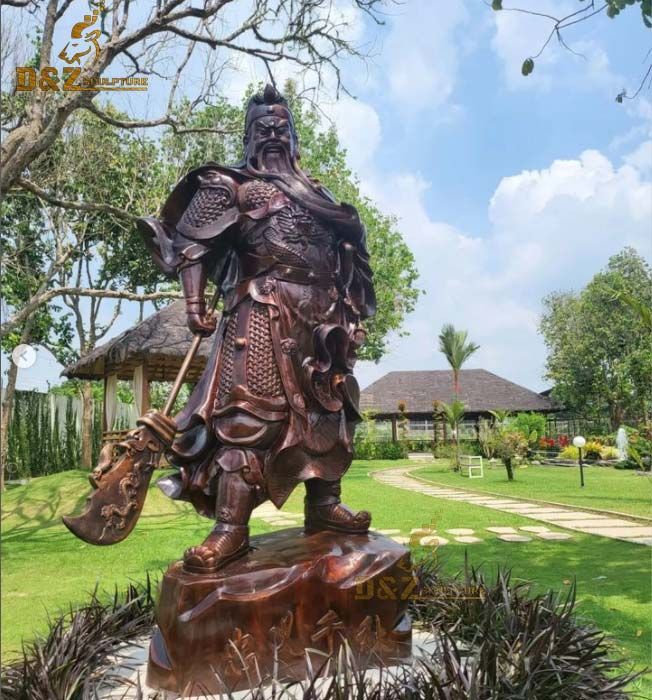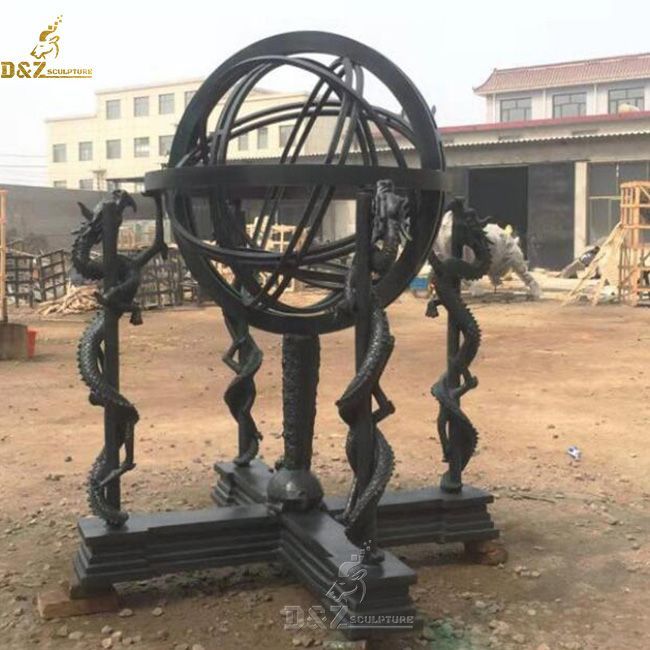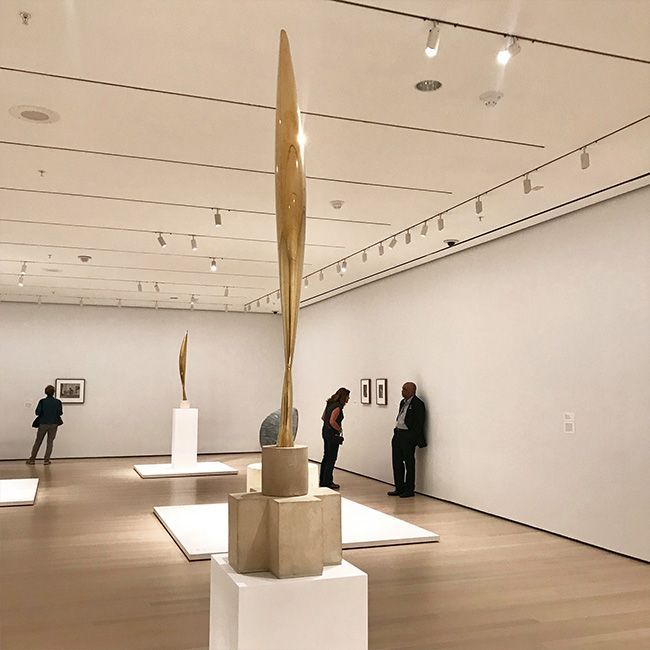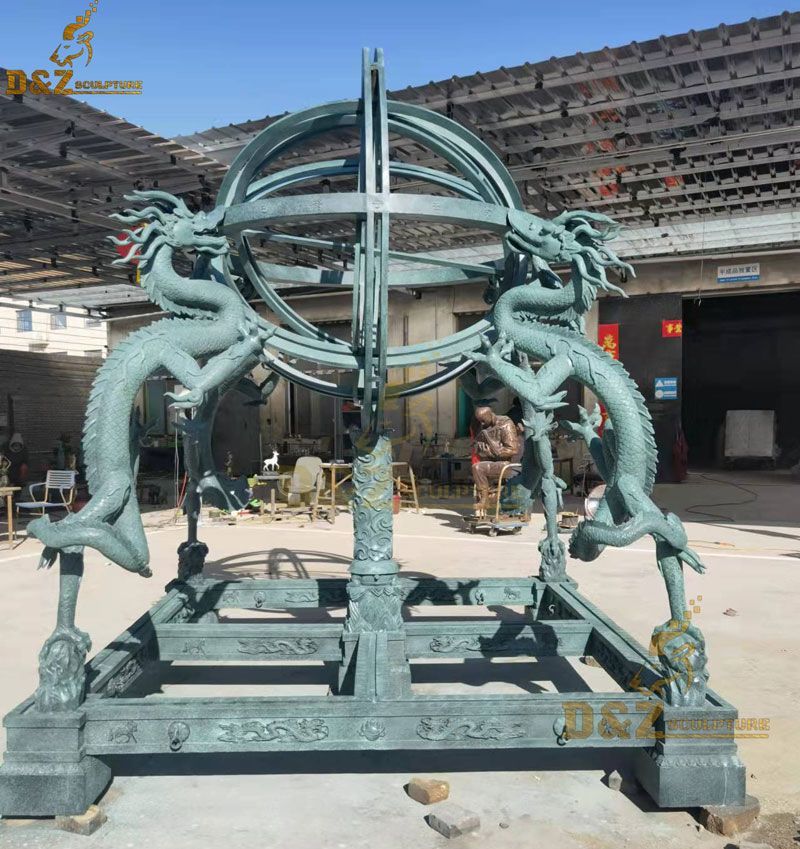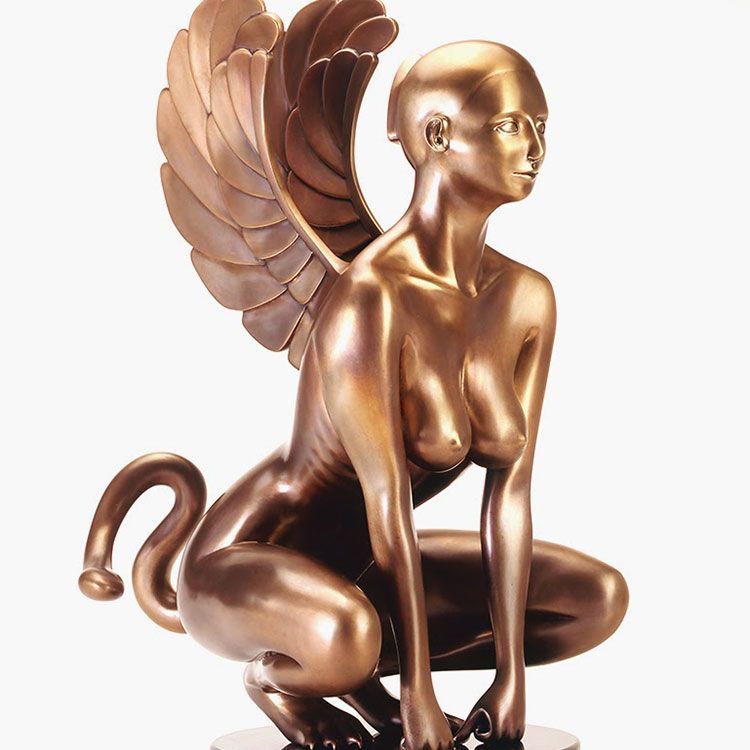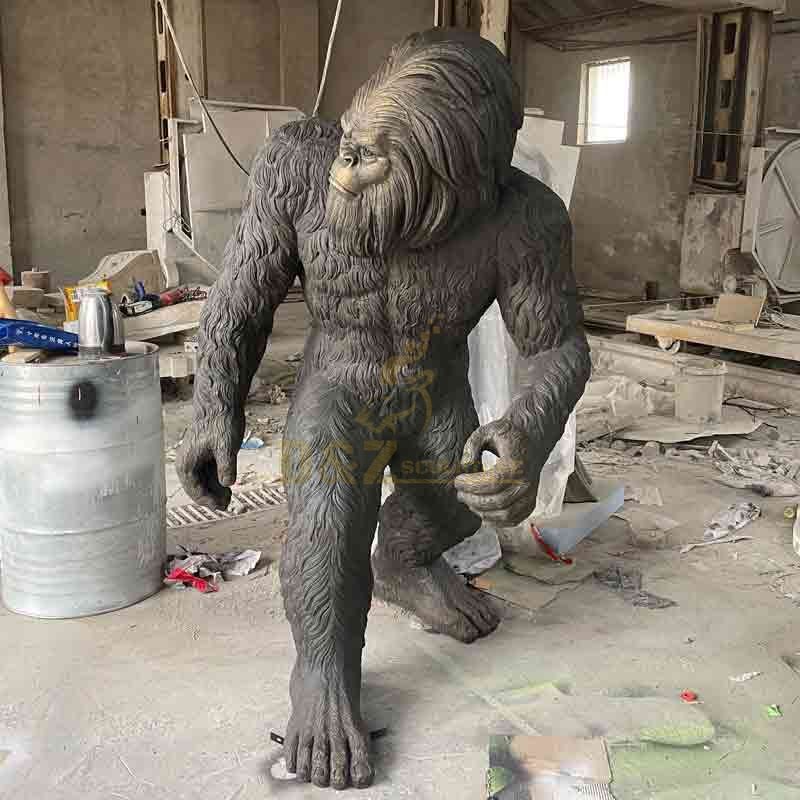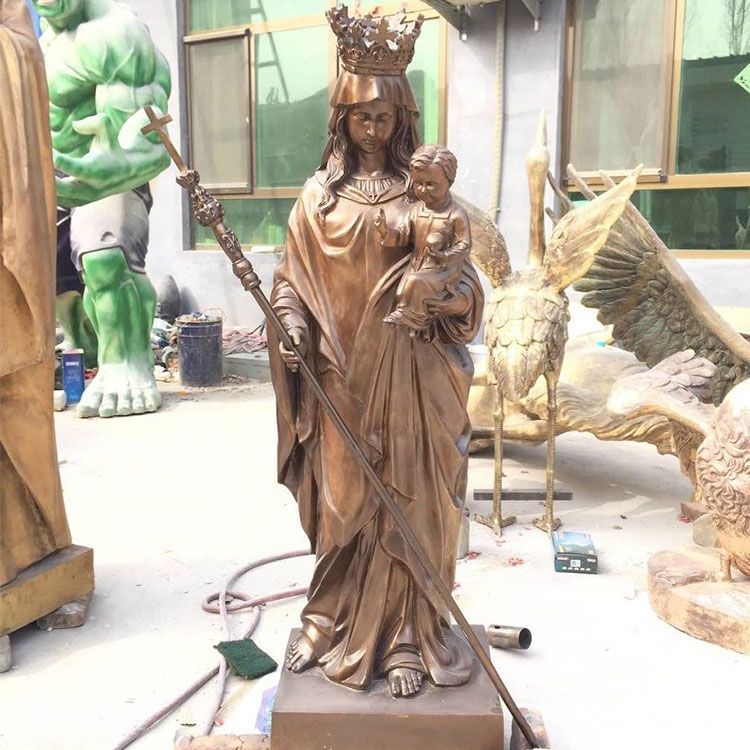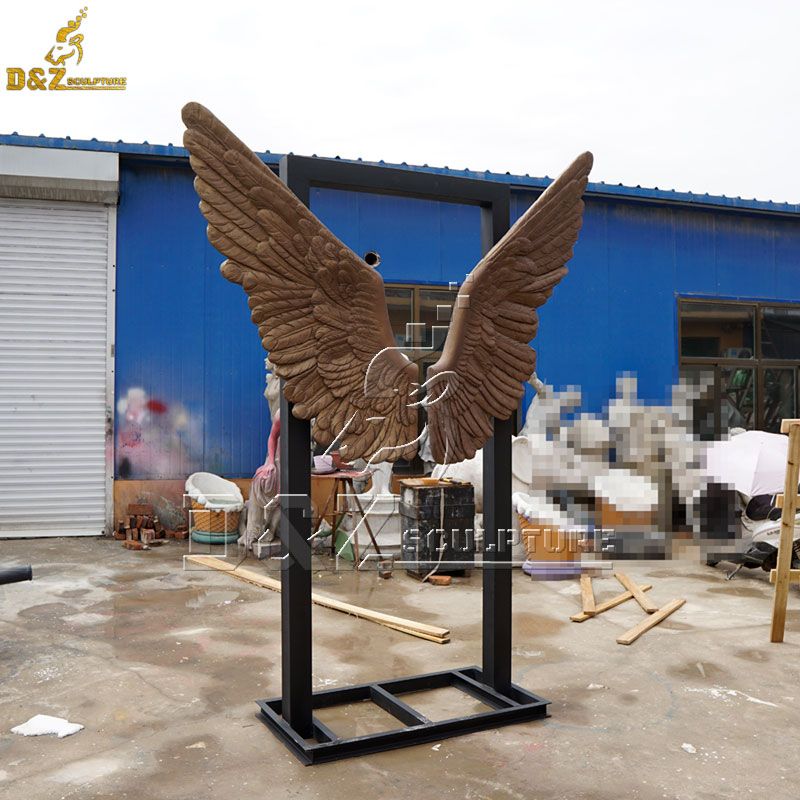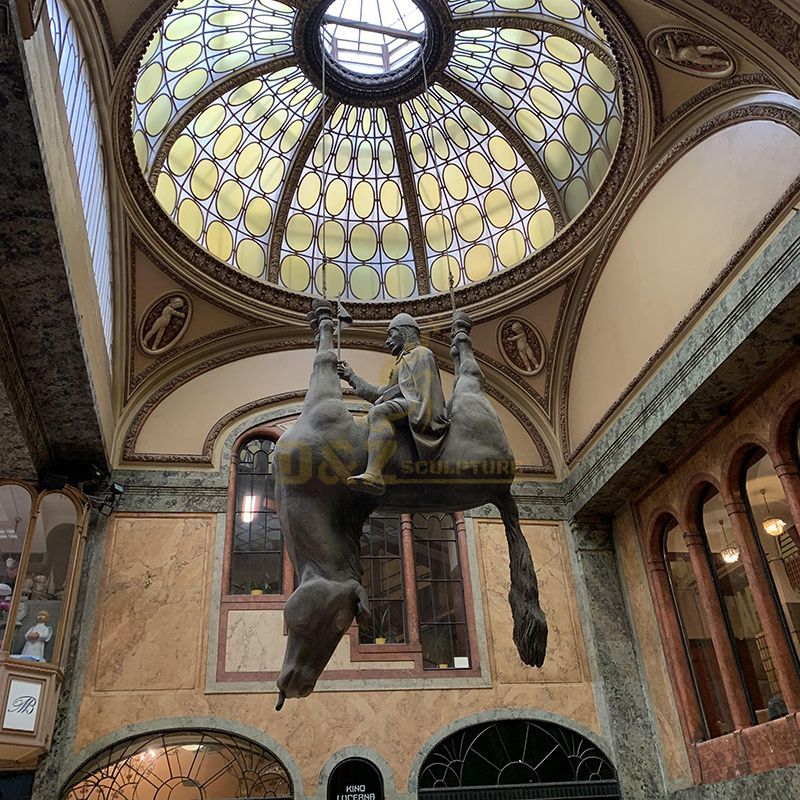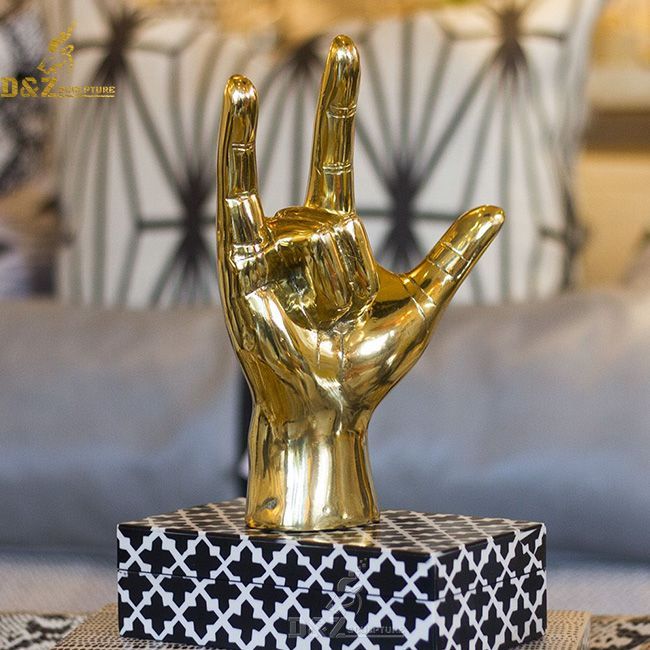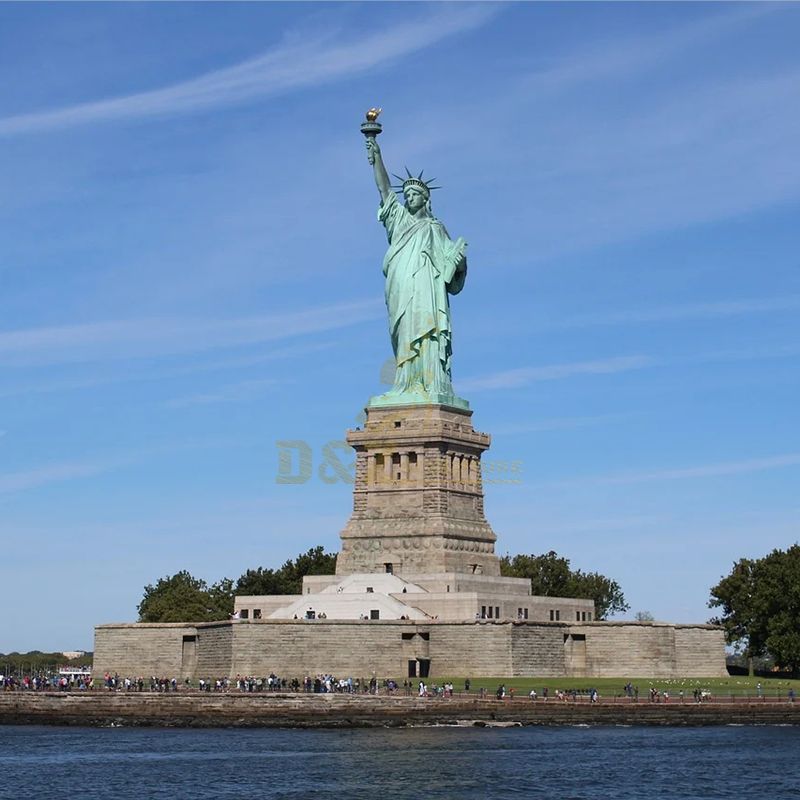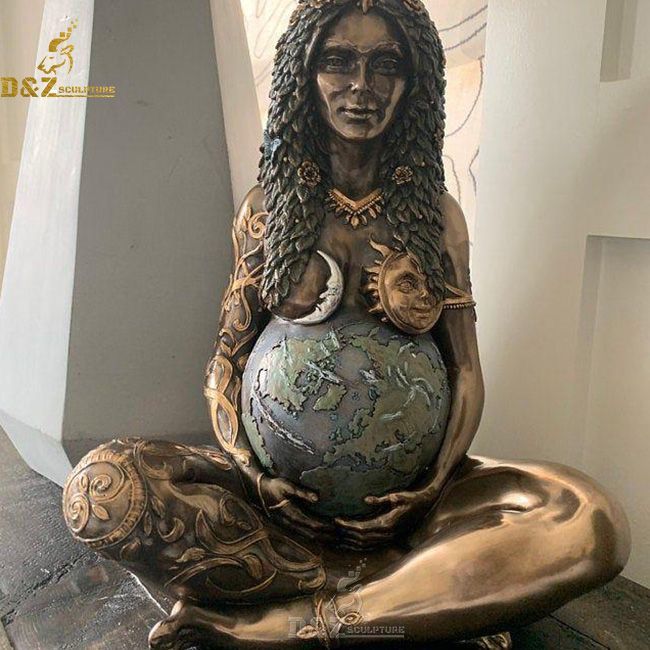1. Description of bronze spartan warrior statue
This striking bronze sculpture portrays a fierce Spartan warrior in all his glory. Standing tall and proud, the warrior is depicted in a classic defensive stance, with his left arm raised and holding a large circular shield adorned with an intricate design of geometric shapes.
In his right hand, the warrior wields a deadly sword, its pointed blade gleaming in the light. The warrior's muscular form and detailed armor suggest the strength and discipline for which the Spartans were known.
The warrior's iconic helmet, a Corinthian-style headpiece with a crest of horsehair, covers most of his face, leaving only his intense gaze visible. The intricate details of the helmet and the warrior's armor show the skill and craftsmanship of the artist who created this stunning sculpture.
2. History of the bronze spartan warrior statue
Sparta was a Greek city-state known for its military prowess and discipline. The Spartan warriors were highly trained and considered some of the most fearsome soldiers of their time. They were known for their bravery, loyalty, and physical strength, and were often depicted in art, including large bronze statues.
The art of bronze casting dates back thousands of years, and it was the medium of choice for many ancient Greek sculptors. Bronze was prized for its durability and beauty, and it allowed artists to create highly detailed and realistic works of art.
One of the most famous examples of a large bronze Spartan warrior statue is the "Spartan Warrior" by the Italian sculptor Antonio Canova. This statue was commissioned by a wealthy patron in the early 19th century and is considered one of Canova's masterpieces. The statue is over six feet tall and depicts a muscular Spartan warrior holding a spear in one hand and a shield in the other.
Another famous example of a large bronze Spartan warrior statue is the "Leonidas Monument" in Thermopylae, Greece. This statue commemorates the Battle of Thermopylae, in which a small group of Spartan warriors held off a much larger Persian army. The statue depicts the Spartan king Leonidas standing defiantly, holding a spear and shield.
In addition to the Spartan warrior statue, there were many other types of bronze statues in ancient Greece. These included depictions of gods and goddesses, heroes, and athletes. The Greeks believed that art should reflect the ideals of beauty, harmony, and balance, and their bronze statues were highly admired for their graceful lines and realistic details.
Bronze casting was a highly skilled and specialized craft in ancient Greece. The process involved creating a wax model of the statue, covering it in clay, and then firing the clay to create a mold. Molten bronze was poured into the mold, and once it had cooled, the mold was removed, and the statue was finished by polishing and detailing.
3. Meaning of bronze spartan warrior statue
the large bronze Spartan warrior statue is a classic example of ancient Greek art and culture. These statues served as symbols of Spartan values and ideals, and they were highly prized for their beauty and durability. The process of bronze casting was a highly skilled craft that required years of training and experience. Today, these statues are admired for their grace, realism, and historical significance, and they continue to inspire artists and viewers alike.
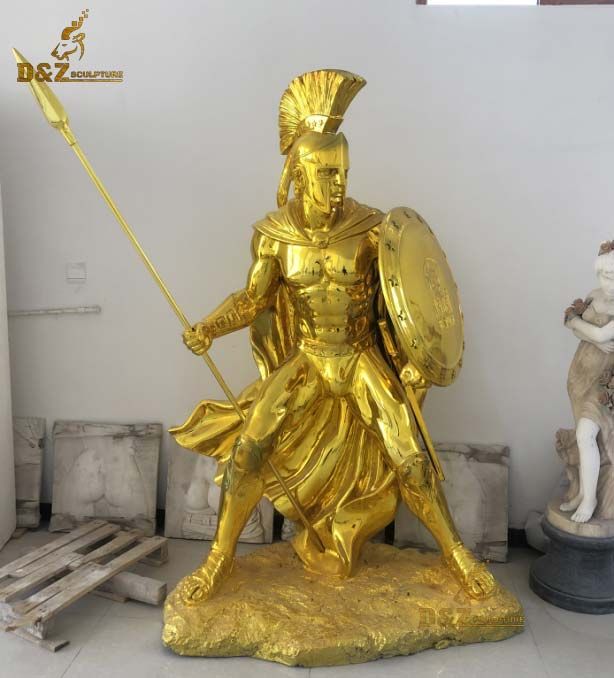
4. Why choose D&Z art sculpture to custom-made bronze Spartan warrior statue
Here show this design bronze spartan warrior statue we have mold, in 20 days can cast one piece and ready to delivery, also if you would like other different designs of spartan warrior statue, we have full catalog for your choose, our artist team also can custom made more large spartan warrior statues depends on your own pictures or small samples of the spartan warrior statue, contact D&Z art team

